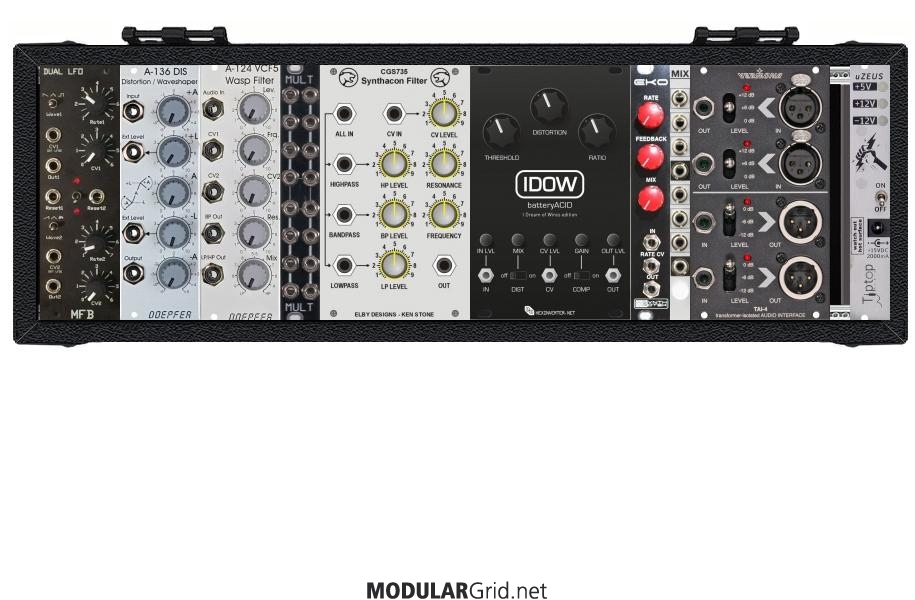Actually, drum machines of that era (808, 909, Korg Electribe, etc) didn't have velocity. If you think in terms of sound design, velocity is only something you would find if you were trying to impersonate a real drum, because velocity isn't just about volume--it's about how the character of the drum sound changes depending on how hard you hit it.
The TR-909 was never intended to sound like a real drum kit, hence no velocity. However, these types of machines did have "accent" (and so does your module) in order to make the drum sound hit a little harder, usually on the first beat of each bar.
That being said, if you really want velocity, you might get something resembling velocity by patching the V/V output of your MIDI module to an envelope generator patched to a linear VCA (attenuator in this case, I would think).
The quicker and easier way to do it would be to record your drum module as audio into your DAW, just a single beat as a sample, then use your DAW's sequencer to play the sample with the patterns and velocity you're looking for.


